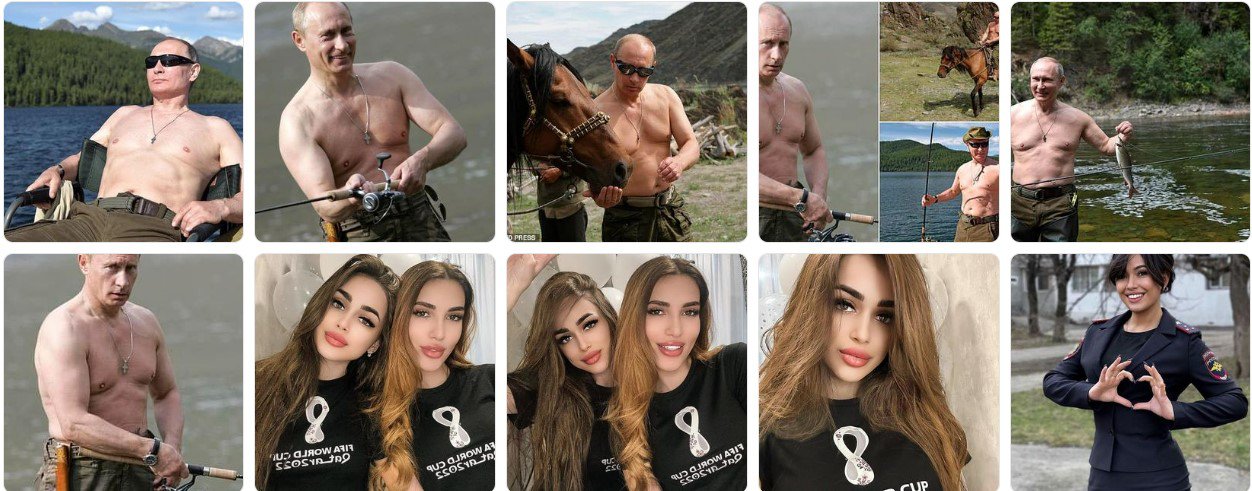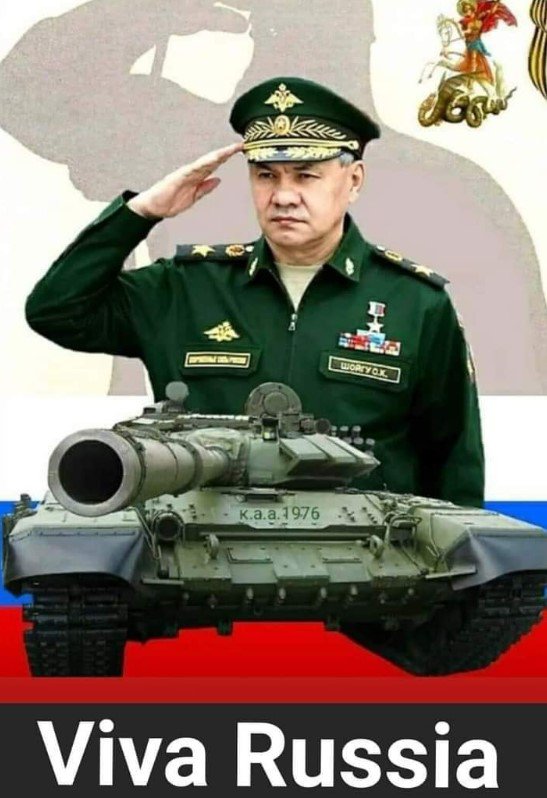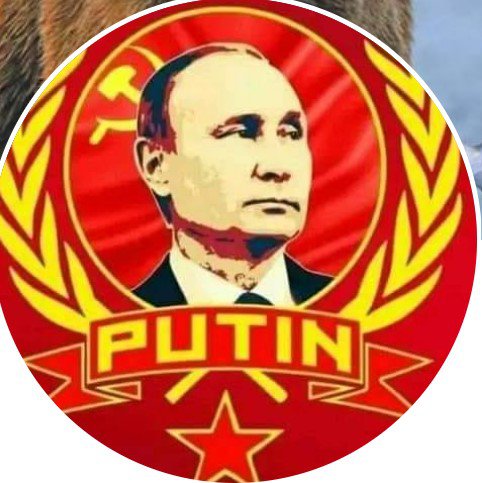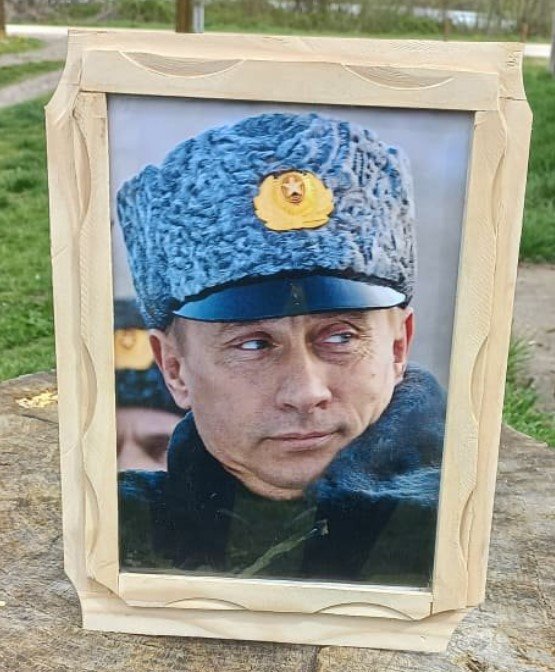International Fringe Association. How Russian Propaganda Works Through Facebook Around the World
The recipe for success is very simple. TEXTY took a closer look at how the international network of Russian propaganda bots works on Facebook, and our journey started in Cambodia.
This is where the administrators managing one of the Russian propagandist public pages have been registered. It didn’t take us too long to find the group itself – its name appeared in the Facebook recommendations after we viewed several other pages promoting Russian propaganda.
Translated by Tetiana Sykes
Читати українською
Propagandists-colonizers
Despite public declarations to fight propaganda and violence, Facebook continues to show various disinformation content to its users. Earlier we wrote about Russia’s propaganda adverts targeting Ukrainian users.
At first glance, it may seem that the public page we mentioned above was set up by an ordinary Khmer girl who, for some reason, used a photo of Putin in her profile and chose a rather “unique” username Victoria Paris. From the information about the page section, we found that it has four administrators from Cambodia and was created before the Russian invasion of Ukraine, in January 2022.
After we briefly checked “friends” of Victoria Paris, we managed to single out a small cluster of similar pages where the same content was being shared. All these pages were set up before Russia’s full-scale war on Ukraine at the beginning of 2022, and each page had an audience of several thousand people.
Having checked the likes and preferences of their subscribers, we found out another interesting thing. Some of them were following another user called Victoria Paris who was using the same name and sharing almost identical content. And this page turned out to belong to another propaganda “cluster" promoting similar publications and content. We can safely assume that this is only the tip of the iceberg: a small part of the vast network of similar “clusters” through which Russian propagandists are trying to reach the world.
Everything was simple on the Facebook page of Victoria Paris: it employed a very primitive algorithm – nothing too smart with minimum written content. In most cases, they were images of attractive women with Russian state symbols combined with photos of Putin himself posing as an “alpha male”. Sometimes, they included photos of a tank with the letter Z plastered across it, other times – a photo collage with some Russian “victorious” weapon.
A sort of the international content mix, shared at a simple, primitive level.
At first glance, it may seem that the public page we mentioned above was set up by an ordinary Khmer girl who, for some reason, used a photo of Putin in her profile and chose a rather “unique” username Victoria Paris. From the information about the page section, we found that it has four administrators from Cambodia and was created before the Russian invasion of Ukraine, in January 2022.
After we briefly checked “friends” of Victoria Paris, we managed to single out a small cluster of similar pages where the same content was being shared. All these pages were set up before Russia’s full-scale war on Ukraine at the beginning of 2022, and each page had an audience of several thousand people.
Having checked the likes and preferences of their subscribers, we found out another interesting thing. Some of them were following another user called Victoria Paris who was using the same name and sharing almost identical content. And this page turned out to belong to another propaganda “cluster" promoting similar publications and content. We can safely assume that this is only the tip of the iceberg: a small part of the vast network of similar “clusters” through which Russian propagandists are trying to reach the world.
Everything was simple on the Facebook page of Victoria Paris: it employed a very primitive algorithm – nothing too smart with minimum written content. In most cases, they were images of attractive women with Russian state symbols combined with photos of Putin himself posing as an “alpha male”. Sometimes, they included photos of a tank with the letter Z plastered across it, other times – a photo collage with some Russian “victorious” weapon.
A sort of the international content mix, shared at a simple, primitive level.

The content seems to be evergreen and can be easily promoted on many pages in different countries. Also, this requires only minimal local knowledge. In some instances, though, the owners share bits and pieces of the local content as well.

The photos are likely shared from the same hub by the same people. As for bots themselves, you can see certain variations in the content they push, for example, different photo collages. Although the quality of such “masterpieces” clearly leaves much to be desired:

In general, one gets the impression that propaganda posts targeting the Global South audience are managed by some arrogant colonizers who do not allow themselves to descend to the level of the natives – even short captions to their posts are mostly done in Russian. This is in stark contrast to the propaganda posts that the Russians promote in Europe, which usually involve local bloggers who speak the language and know the local specifics.
“The Marginal International”
However, we shouldn’t reduce the work of the network to the typical bot farm and trolls. If you check the pages of these propaganda publics, you can see that very real people are following them. And these people are literally from all corners of the world – a sort of the International Fringe Association.

Residents of the Balkans, predominantly Serbs, citizens of former Warsaw bloc countries, natives of India and Sri Lanka, leftists from South America, the Middle East and North Africa – all of them are following Russian propaganda pages.

It seems that they have nothing in common – neither origin, nor language or religion – still, there is something that unites them all. They all clearly share the same anti-American ideas and generally hostile attitude towards the collective West and its values. And it's really fascinating to see people with such diverse and different cultural backgrounds that could have something in common – a joint although intangible touchpoint.
For instance, a fan of the Soviet Union from Romania shares a photo of the dictator Ceausescu captioned “What a man he was”. At the same time, a Libyan migrant in Morocco shares a photo with almost the same caption, however, using an image of Muammar Gaddafi instead. In addition, these anti-Western values have managed to coexist with their other beliefs. So, a great patriot and a devoted Orthodox Christian from Bulgaria, for example, who reminisces about the victories of the Bulgarians over the Turks in his feed, simultaneously reposts “pro-Kadyrov” bloggers from Grozny who pretend to be true followers of Islam.
In this case, the bot farms act as a sort of binding material drawing into its orbit all the dissatisfied communities, people on the fringes of the world. And this is exactly why photos of beautiful women and images of the Russian dictator are the most universal type of content that would cater to their interests.
Of course, this entire “international fringe group” has shared similar views for a long time. However, in the last two years, they probably got activated under the greater internationalisation with Russia’s war against Ukraine being the main impetus. Both Ukraine and personally President Zelenskyy, who has gained truly global fame and recognition, became a new symbol of American “Western” imperialism. Zelenskyy is being caricatured, with many venomous collages made, to a large extent by the Russians themselves, but there are also examples of local creativity around the globe. At the same time, there are people who defend both Ukraine and its President in the comments to such images.
Losers love Wagner
There’s another interesting trend that we have discovered when monitoring the pro-Russian public groups. Currently, there is a new, parallel stream of Russian propaganda narratives being formed with more and more materials originating from the Wagner mercenary group.
This trend is seemingly noticeable: there are Russian bot farms with strictly state Russian propaganda, where you will not find a single mention of the “Wagnerites”, and then there are separate bot farms full of Wagner propaganda, where Putin is being mentioned, but rather topline, while the main attention is focused on Prigozhin (Yevgeny Prigozhin, owner of the private military company “Wagner”).
State propaganda ignores the Wagnerites, but the “marginal international community” admires them
What’s interesting, on Facebook, which allegedly declares its bias against violence, there is a whole “cluster” of Wagner propaganda public groups, made up of both fighters and their supporters, with photos and content depicting episodes of combat action. For some reason, Facebook does not ban these pages. Moreover, they have a large number of the “international fringe group” followers from around the world who are actively promoting these images and emblems of the Wagner terrorist group.
Does this mean that Prigozhin's social media team works better than the Russian state propaganda machine? Most likely not. The explanation probably comes from the psychological typology of foreign apologists of the “Russian world”. It reminds of a story when ISIS – one of the most fundamental groups – became the leaders of various Islamist extremist formations.
This might be also the case with Wagnerites – the psychotype of the “Russian world” supporters outside Russia, as well as their ideological brothers inside Russia, requires further radicalisation and confrontation. So the image of Prigozhin’s mercenary group, with all the sledgehammers and anti-Western rhetoric they use, resonates very well with this audience.
We can assume that in the future, following new defeats of the Russian army and Putin, people from the fringe groups will be looking for the new centers of interest – “places of worship”. Quite likely, Wagner terrorists may fill in this void.





